As part of our ongoing Way Back Wednesday series, we will be sharing a 5-part article series that opens a dialogue on Colonial connections to road names and place names with the City of Mississauga.
This series was written by UTM graduate Omar El Sharkawy as part of his Historical Studies Internship placement with Heritage Mississauga through the University of Toronto Mississauga Historical Studies Internship Program.
An Introduction to the Significance of Place Names: Where does Mississauga Fit In?
By Omar El Sharkawy for Heritage Mississauga
Starting in late 2019 through 2020, various protests emerging in different regions across the world arose to confront differing contexts of injustice. Within the tide of these protests, statues of figures, often with colonial connections, ranging from those of Edward Colston and Winston Churchill to Christopher Columbus and the Spanish Conquistadors were publicly dishonored, graffitied, or pulled down.
In rejecting the mythic status bestowed onto these figures through their public facsimiles of bronze and concrete, protestors exercised a kind of agency over shaping the everyday public spaces which they inhabited – even in the act of removal and questioning. Of course, this trend did not emerge out of an historical vacuum.
Individuals and crowds have longed questioned the right of certain people or events to be commemorated in the public sphere. Nor are statues the only domain for such debates, although they are often the most publicized and characterized by the greatest spectacle in the act of removal or defacing. Roads, too, often occupy an important space within conversations around renaming and decolonizing the urbanscape.
A statue occupies a set public space. It is immovable, physically unchanging. A street, however, cuts across the heart of a city or town. It is a space of navigation and public life, stretching for kilometers on end and intersecting with offices, homes, and places of worship whose names and addresses are imprints of the road name’s historical legacy.
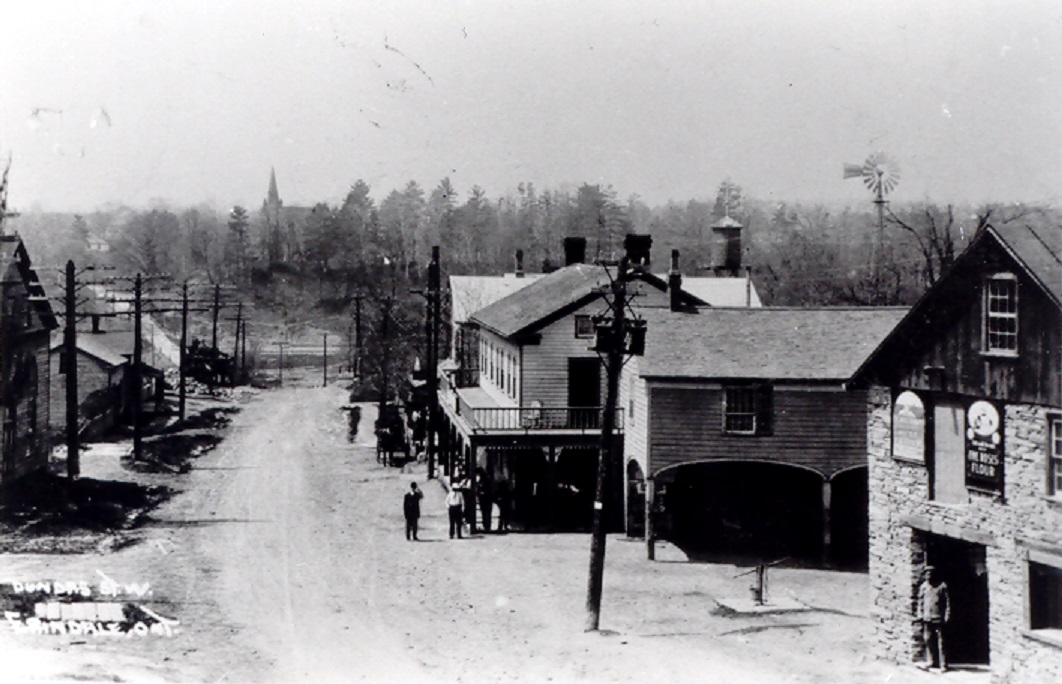
Even if it is often subconscious, a street is a powerful instrument of commemoration and memorialization, and the names which it bears are often the most visible and public way with which past histories intersect with our present lives.
Mississauga does not have any major public statues in the vein of Winston Churchill, Henry Dundas, and figures of the early Canadian Family Compact. There are, however, streets named after those very people.
Some of them, like Winston Churchill Boulevard and Dundas Street, are significant parts of Mississauga’s urban landscape. Others may be more peripheral, but still reflect an important story in local historical developments, as well as in present controversies around the politicization of space and claims to history.
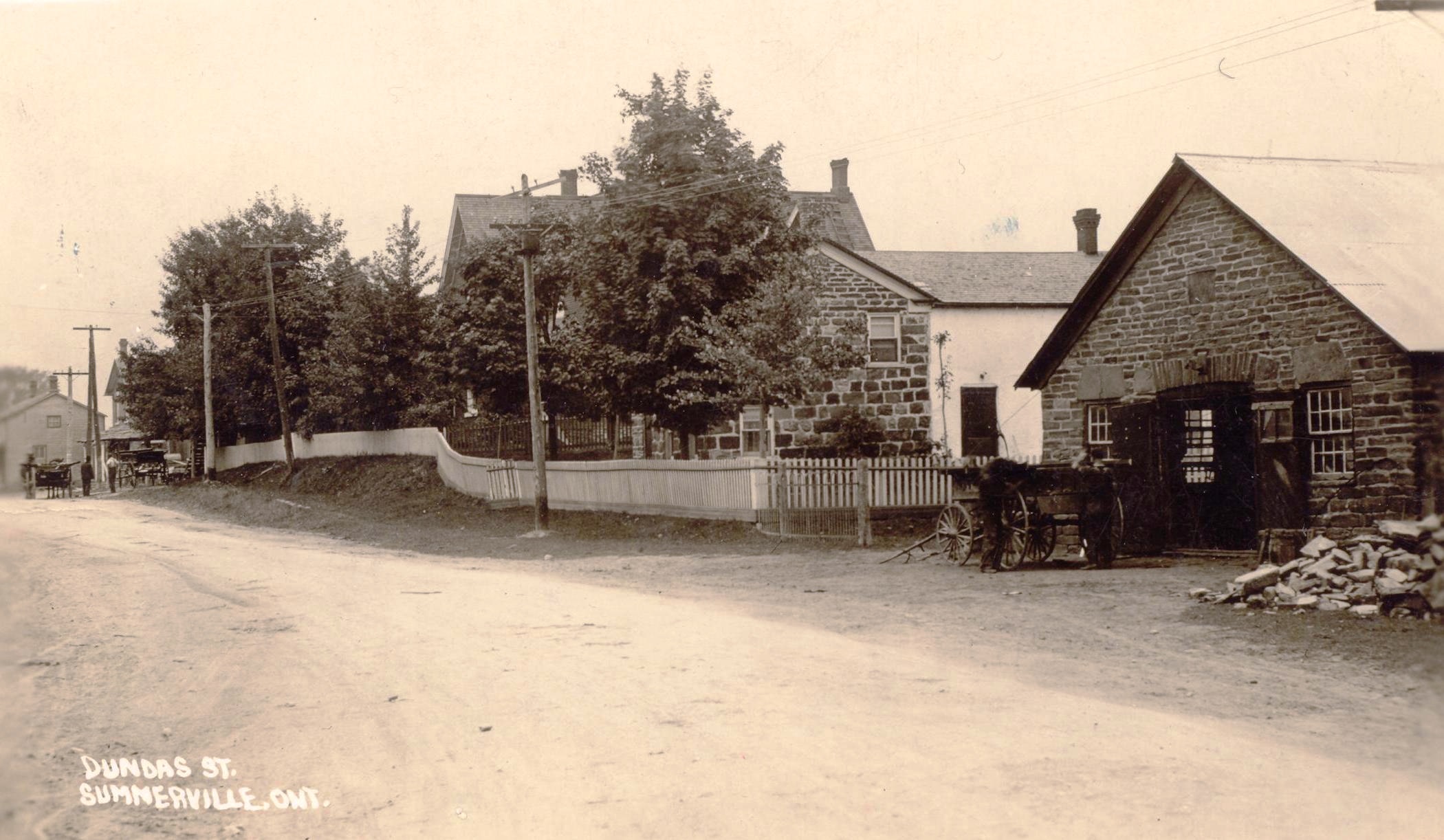
What, then, is the importance of interrogating the names of public streets and spaces in Mississauga?
Towards this end, it is worth placing Mississauga in the wider discussions around the meaning vested in place, and the struggles reflected in its glistening blue street signs. Imbued in every street name is a vignette of historical context – decisions made long past by specific authorities across different times about how the landscape should be formed.
At the times they were chosen, street names served to “inscribe historical narratives into urban space.” This narrative, too, is not uniform.
Mississauga, like Rome, was not built in a day. Its streets were laid out and named across distinct periods throughout its history, defined by different priorities, historical narratives, and variations in the person or body that chose the name.
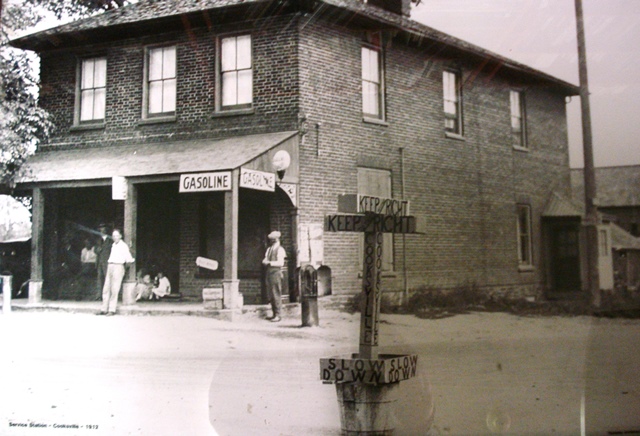
The study of toponymies becomes about putting a meaning and story to those places. To place this meaning within the context of Mississauga, I believe historical relativist understanding is key. It can allow one to position the specificity of each context with in its own historical present and understand what informed the toponymic choices of the roads which Mississauga inherits today.
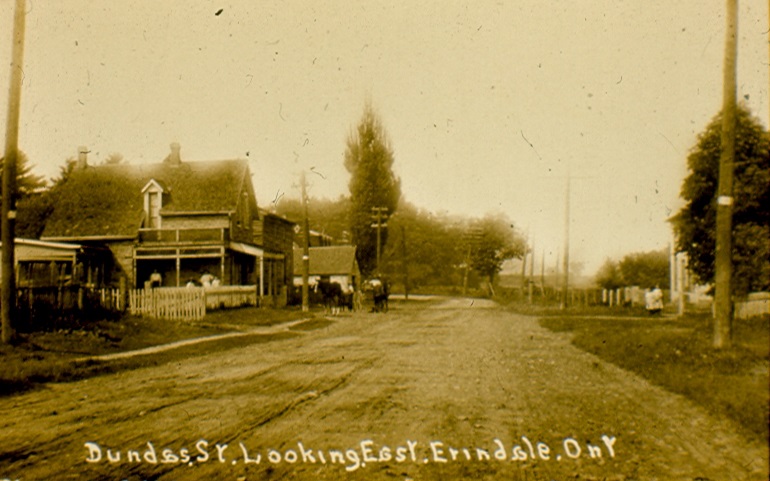
Of course, this is only one part of these names’ history. Street names still represent specific priorities in the making of memory, and thus reflect whose memory is included within the landscape, as well as whose is excluded. Additionally, they also often reflect a monopoly that certain authorities or figures had over the naming process.
Understanding these pasts can inform the colonial connections that subtly lay at the heart of the settler project within Mississauga, and with it the claiming of space per specific national and ideological doctrines.
This does not entail a subtext calling for the renaming of roads altogether, however.
Renaming and reshaping the landscape is a critical conversation to have as a part of wider politics surrounding justice and representation in public space. They are reflective of wider political conversations as naming itself is seldom an issue within isolation – it is a political arena of competing visions.
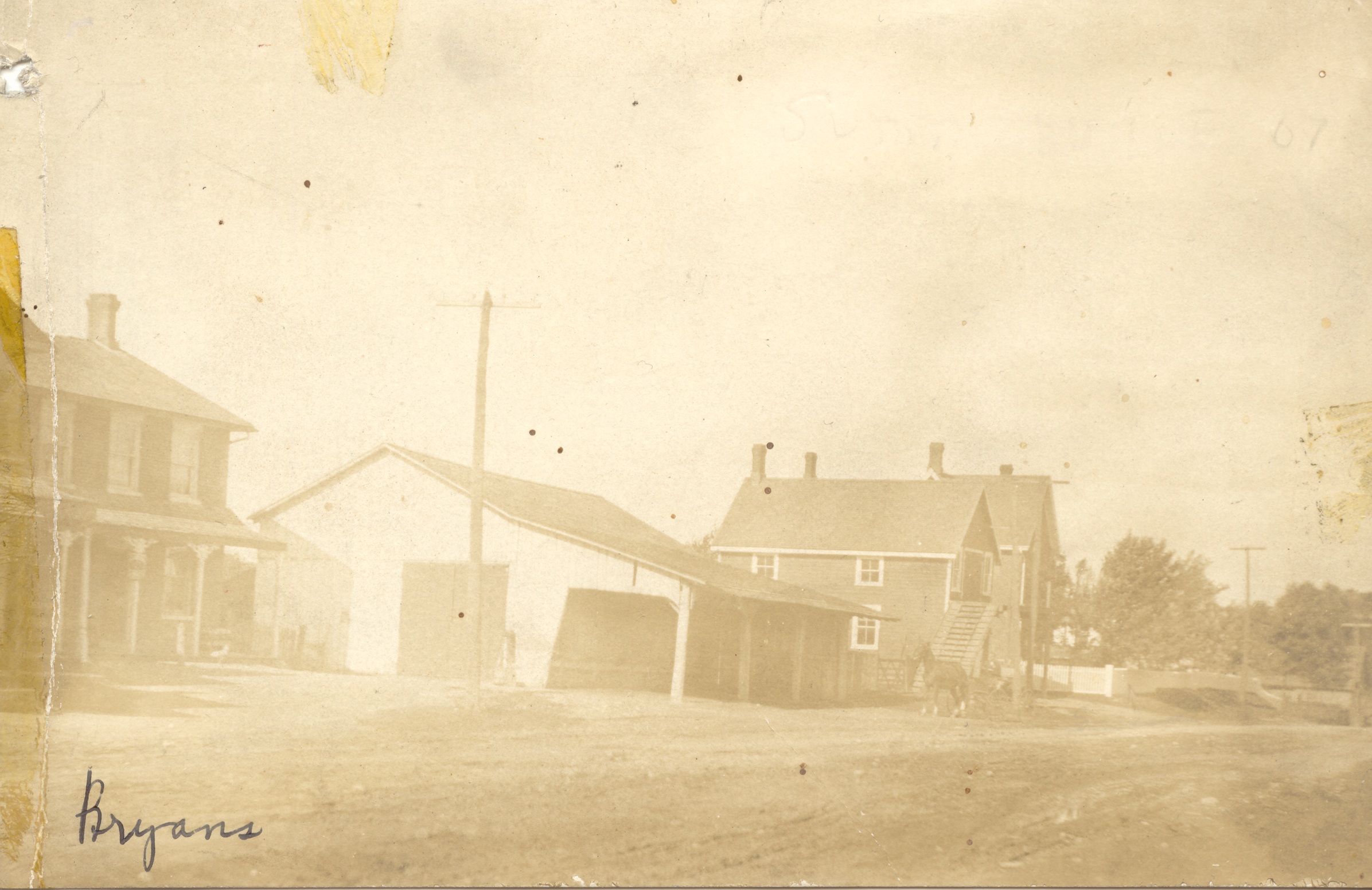
The purpose of this article series is to animate the histories of select street names within Mississauga and to provoke conscious thought about what histories these landscapes represent.
This no doubt speaks to continuing discourses surrounding naming within Mississauga, and possibly even within Canada and settler-colonial nations at large. But quite importantly, this history is also one around public education and consciousness of the meaning present within the everyday spaces that we inhabit and interact with.
[1] Reuben Rose-Redwood, Derek Alderman, and Maoz Azaryahu, “The Urban Streetscape as Political Cosmos,” in The Political Life of Urban Streetscapes, eds. Reuben Rose-Redwood, Derek Alderman, and Maoz Azaryahu, (London: Routledge, 2017), 5.
[1] Melissa Wangui Wanjiru, and Kosuke Matsubara, “Street Toponymy and the Decolonisation of the Urban Landscape in Post-Colonial Nairobi,” Journal of Cultural Geography 34, (2017): 2, 4.
[1] Rose-Redwood, Alderman, and Azaryahu, “The Urban Streetscape,” 1.
//
Please find article in Modern Mississauga: https://www.modernmississauga.com/main/2021/7/7/colonial-connections-and-naming-mississauga-part-one



Comments are closed.